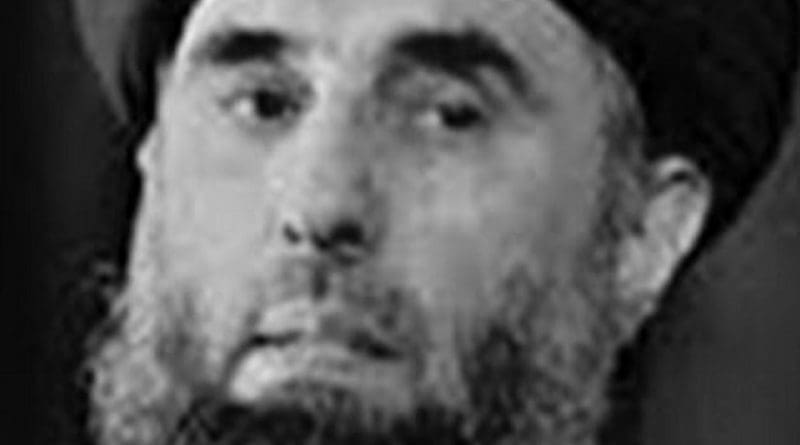Peace Is Possible In Afghanistan, But At What Cost? – OpEd
By Chayanika Saxena*
As peace remains elusive in Afghanistan, the lifting of international sanctions on Gulbuddin Hekmatyar which has paved the way for his return to the political ‘mainstream’ of the country has evoked varying responses. These reactions have varied from this development being seen as a step in the direction of peace and reconciliation to an act that does more harm than good to the peace process. And then, we also have the Taliban that has dubbed Hekmatyar’s action as an act of treachery against the (common) cause of jihad.
Internationally, too, the opinion, it seems, is divided although not overtly so. Where the US and other trans-Atlantic stakeholders have been forthcoming on the acceptance of this deal, it was reported that the Russians had placed the removal of sanctions against Hekmatyar under ‘technical hold’. Incidentally, this hold coincided with the Russian display of inclination for talks with the Taliban ‘movement’, which as is known, had rivalled Hezb-e-Islami for patronage and funds from ISI.
India too has expressed its reservations over the deal, less for any moralistic reason and more so because it is aware of the support Hekmatyar had enjoyed in Pakistan and which it may continue to do.
It is interesting to note that a faction of Hezb-e-Islami had already parted ways with the militant movement to become part of the political process in 2004 itself — Hezb-e-Islami (Afghanistan); a political party of which the son-in-law of Hekmatyar, Ghairat Baheer, too, is part.
HIG’s entry into the political mainstream could gain from this existing presence of a party that was born out of it and carries a similar name. Moreover, the government too in its amnesty provisions has ensured HIG a role in the political and military institutions. With the much due elections to Parliament and District Councils (hopefully) around the corner, HIG could test the political waters for itself.
The peace deal, for all the reactions it has elicited, has largely been hailed as a success for the National Unity Government that has been dealing with fissiparous tendencies since its inception. In fact, the ‘return’ of Hekmatyar is being projected solely as a dedicated effort of Afghanistan President Ashraf Ghani, given that non-Pashtuns have generally despised Hekmatyar for his ‘past’ and that former President Hamid Karzai (who is a Pashtun) could not bring the former ‘warlord’ to renounce violence and join the political mainstream.
Hekmatyar, with his political and social influence in the Pashtun dominated regions, can hopefully deliver support to the Pashtun President of Afghanistan Ashraf Ghani in the upcoming elections and bolster the latter’s position vis-à-vis the increasingly discredited Chief Executive Abdullah Abdullah. It is worth noting that both Hekmatyar and Ghani are from the same major tribe – Ghilzai.
As of now, the peace process in Afghanistan, which is being given another push with the proposed conduct of a six-nation talk this month (Russia, China, Pakistan, Iran, India and Afghanistan), could place the peace deal with Hekmatyar as an example demonstrating that peace is possible. But the question is: At what cost?
*Chayanika Saxena is a Research Associate at the Society for Policy Studies, New Delhi. Comments and suggestions on this article can be sent to [email protected]

